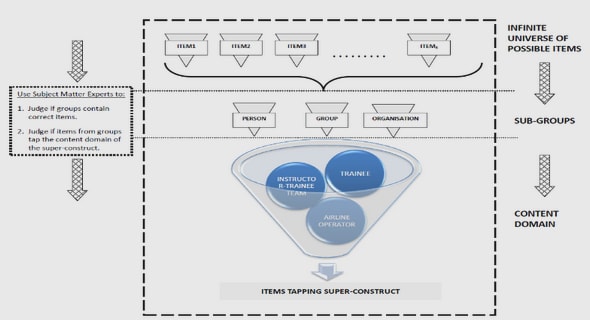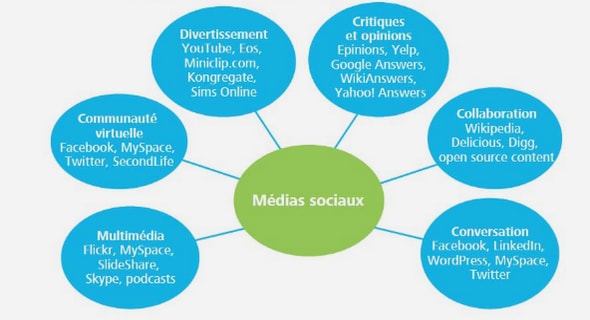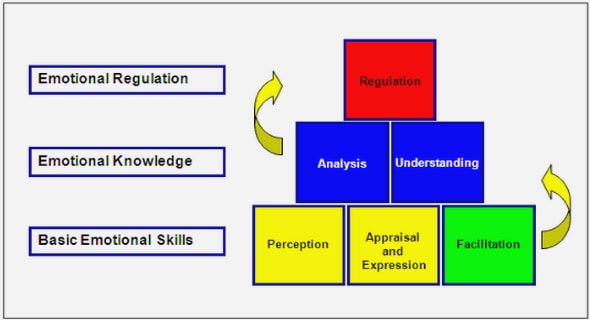Get Complete Project Material File(s) Now! »
Theoretical Framework: Competition in the Market for News
In this section, I present a simple theoretical framework that guides the following empirical analysis. The objective of such model is to provide a basis for the empirical estimation. I want to investigate the reaction of profit maximizing media to green NGO activities.To do so I construct a simple model of market competition between medias and derive the impact of NGO activities on the optimal choices of quantities of environmental articles. I consider a continuum of reader of mass 1, two profit-maximizing newspaper (newspaper 1 and newspaper 2) and an NGO. I study the production choices (price and quantity of news) of newspapers. The analysis is based on a three-stage non cooperative sequential game. The NGO sends a public message to both medias which then simultaneously chooses their quantity of news and then simultaneously compete in prices.
Set Up: Media
We consider a situation where a newspaper is an indivisible good with different characteristics. Those characteristics represent news types: political news, economic news, environmental news,… We focus on a very simple case, where there are only two type of news: environmental news and the rest respectfully labelled e and r. To each of these type of news corresponds a quantity of articles qi, where i ∈ e, r. Newspapers maximize their profits by choosing their price p and quantities of articles in each news domain qi: q2 q2 max Π = p D (q , q , p) ej rj (2.1) − E[υe] − E[υr] pj ,qej ,qrj j j j e r.
Where qij is the quantity of type of news i in media j. The cost of production of news is increasing in quantities but decreasing in the state of the world in this news domain (E[υi]). This cost is fixed with respect to output, which means I assume that there are no printing costs. The only cost the media has to face is the fixed cost of producing the news. In this case we assume that the marginal cost of producing more news is constant and equal to 1 , for i = e, r. For the E[υi] sake of simplicity, we assume that υi can only take two values: υi ∈ {0, υ¯i }, ∀i with probabilities P [υi = υ¯i] = pi and P [υi = 0] = 1 − pi. Thus the state of the world in each news domain is either low or high. However, the media doesn’t know the true state of nature and thus use the expected value of this state of the world in their news production. This specific cost function encompass the random nature of news production, as it is cheaper to produce articles when there are newsworthy events but much more costly to produce when there are no newsworthy event2.
Set Up: NGO
We consider a unique NGO who will provide information about the state of the world for environmental news to both medias. It does so by sending a public mes-sage to both newspaper. We assume that there are 2 types of senders (NGO): a environmentally biased one and an unbiased one. The distinction between, these 2 types of NGOs refer to the distinction between a good adviser and a bad adviser in the cheap talk literature (Crawford and Sobel (1982))5. The type of the NGO is private information. The medias only knows that with some probability µ, the NGO is unbiased and with probability 1 − µ the NGO is environmentally biased. This difference between NGO is reflected in their objective function as presented below6. Ug(qe, qr) = θeg qe + θrg qr. Where θeg is the preference of the good cop NGO for environmental news and θrg is its preference for the other type of news. Thus the good cop NGO values both type of news while we assume that the bad cop type values only the quantities of environmental articles: Ub(qe) = θeb qe.
Outcome variable: media coverage of NGO
What we consider as media coverage is simply whether or not the NGO’s name is mentioned in an article. Using a finite sample of influential NGO (WWF France, Greenpeace France, Les Amis de la Terre, Réseau Action Climat and Sea Shepherd France) we conducted a web-search on the website of both media using the name of the NGO and scraped the results. These results were every articles in both media mentioning the name of the NGO. Sorting the results by date and by media allows us to have per day and per media the coverage of those environmental NGO by the 2 medias. Our outcome variable is therefore binary, so what in the model we called an increase of environmental articles here will be an increase in the probability that the NGO is featured in the newspaper.
Explanatory variables
The first set of variables tries to capture the activity that is not due to the NGOs. To control for media fixed effects, we construct a dummy variable for the newspaper Le Monde. To control for the input of all types of news, we scraped from Reuters website all dispatch that were issued during my time windows. To control for the apparition of environmental newsworthy events we also got the Reuters dispatches over that time period. Using keyword searches we could isolate the dispatches that where related to environmental issues (The procedure is presented in the appendix). we then construct a relative measure of the importance of other dispatches compared to environmental dispatches. To measure for institutional activity on environmental issues we used the activities that were posted on the website of the French ministry of environment as a proxy for environmental governmental environmental activity. We controlled for the presence of the french ministry of environment in both media. As over our period of study there were some important environmental and non-environmental events (Paris attacks, 3 COP conferences,…) we controlled for these events using dummies.
The second set of variables describes the activities of the NGOs. We used the website of these organization as the source of information. More specifically we used the Activity section of their website and scraped the information these pages contain to get their activities. This allows us to have per day their activities. To control for the informativeness of their activities we look for their names in Reuters dispatches. Using the names of the NGO as term in keyword search we could extract the dispatches that mentioned each NGO. In the end, the equation we want to estimate is the following: Yimt = β0+β1Activit+β2Reutersit+β3M ediam+β4Reuters_envirot+β5Gov_activt+ θF ixed_ef f ecti + εimt.
where i is an NGO, m a media, and t a day. Activit is the activity of NGO i at day t, Reutersit is Reuters dispatch mentioning NGO i at day t. M ediam is a dummy con-trolling for media fixed effect. Reuters_envirot is the number of Reuters dispatch which mention environmental issues (minus the Reutersit).Fixed_effecti is simply a dummy variable that control for any fixed effects related to each NGO. We use several regression methods in order to estimate the equation above. The first set of regression is simply a Logit regression in order to explicit the variables that have a significant impact on the fact that an NGO is mentioned in a newspaper or not. Due to the nature of the dependent variable Yimt, I then turn to count regression method to confirm or not the results from the binary regressions. In both the Logit and Poisson regression I rely on heteroskedasticity-robust standard errors that are clustered at the NGO-level (Bertrand et al. (2002)). However, the statistical infer-ence based on these standard error is incorrect as the number of cluster is too small. There are only 5 NGOs in my sample therefore I use the wild-t cluster bootstrap method of Cameron et al. (2011) to construct reliable p-values.
Activists and Industry
There is a mass 1 of heterogeneous activists. When the project is adopted by the regulator, each activist assesses his external cost and decides whether to oppose or not. The opposition to the project translates into a mobilization. It is characterized by a loss h that is inflicted to the industry and which is endogenously determined. Facing mobilization, the industry can always self-regulate. Anticipating an intensity of mobilization h the firm can decide whether to abandon or continue the project. If the firm abandons the project, nothing else happens. If the firm continues, then the activists protest and inflict some damages to the industry while the project is implemented.
Table of contents :
List of Figures
List of Tables
1 The politics of attention: competition between social problems
1.1 Introduction
1.2 Literature review
1.3 Theoretical Framework: Competition for Attention
1.4 Empirics
1.5 Conclusion
2 Making the News: green NGO activity and media coverage
2.1 Introduction
2.2 Related Literature
2.3 Theoretical Framework: Competition in the Market for News
2.4 Empirics
2.5 Conclusion
3 Activism and Regulation
3.1 Introduction
3.2 Literature Review
3.3 Activism and Regulation: Set Up
3.4 Conclusion
Bibliography


